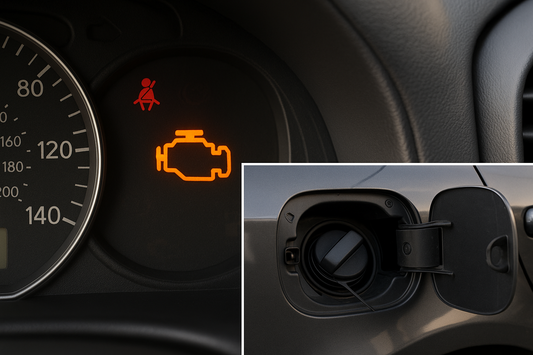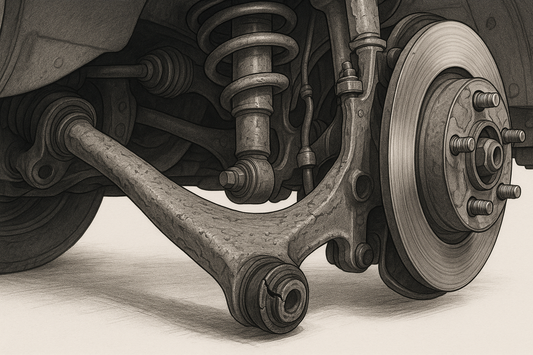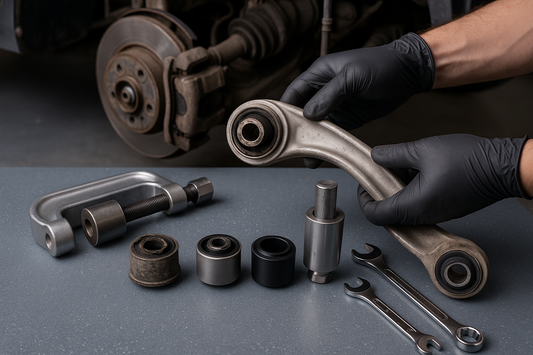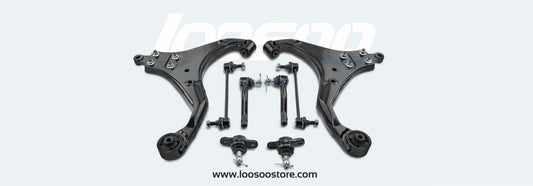Engine mounts, also known as motor mounts, are crucial components that secure the engine to the vehicle's frame and absorb vibrations and shocks. Their lifespan can vary significantly based on several factors, including driving conditions, vehicle maintenance, and the quality of the mounts themselves. In this comprehensive guide, we will explore how long engine mounts typically last, the factors that influence their longevity, signs of worn mounts, and tips for extending their life.
What Are Engine Mounts?
Engine mounts are usually made of metal and rubber. The metal provides structural support, while the rubber dampens engine vibrations and reduces noise. They are designed to keep the engine in place and aligned with the transmission while allowing for some movement and flexibility.
Typical Lifespan of Engine Mounts
The life of engine mounts can vary greatly.Generally, engine mounts have a life span of about 100,000 kilometers and need to be replaced on a regular basis. However, there are several factors that can affect this range:
Driving Conditions: Harsh driving conditions, such as frequent stop-and-go traffic, driving on rough roads, or carrying heavy loads, can accelerate wear and tear.
Vehicle Type: Performance vehicles or those with larger, heavier engines may place more stress on the mounts, potentially reducing their lifespan.
Maintenance: Regular vehicle maintenance and inspections can help identify issues early and prevent premature wear.

Factors Influencing Engine Mount Longevity
Several factors can impact how long engine mounts last:
Quality of Mounts: Higher-quality engine mounts made from better materials will generally last longer than cheaper alternatives.
Driving Habits: Aggressive driving, rapid acceleration, and sudden braking can put additional stress on engine mounts.
Environmental Conditions: Extreme temperatures, exposure to road salt, and other environmental factors can degrade the rubber components more quickly.
Maintenance Practices: Regular inspections and timely repairs of related components, such as suspension parts, can help prolong the life of engine mounts.
Signs of Worn Engine Mounts
Recognizing the signs of worn or failing engine mounts can help you address the issue before it leads to more significant problems:
Excessive Vibrations: Increased vibrations felt through the steering wheel, floor, or seats, especially when idling, can indicate worn engine mounts.
Engine Movement: Noticeable engine movement or shifting when accelerating, braking, or turning suggests that the mounts are not securing the engine properly.
Unusual Noises: Clunking, banging, or rattling noises coming from the engine bay during driving can be a sign of deteriorating mounts.
Visible Damage: Cracks, tears, or other visible damage to the rubber components of the mounts can indicate that they need replacement.
Extending the Lifespan of Engine Mounts
While engine mounts will inevitably wear out over time, there are several steps you can take to extend their lifespan:
Regular Inspections: Have your engine mounts inspected regularly, especially during routine maintenance checks, to catch any issues early.
Gentle Driving: Avoid aggressive driving habits, such as rapid acceleration, hard braking, and sharp turns, which can put extra stress on the mounts.
Maintain Related Components: Keep the suspension and other related components in good condition to reduce the overall stress on the engine mounts.
Use Quality Parts: When replacing engine mounts, opt for high-quality parts from reputable manufacturers to ensure better durability and performance.
Protect from Environmental Factors: If possible, keep your vehicle sheltered from extreme weather conditions and road salt, which can accelerate the degradation of rubber components.
Engine mounts are essential for maintaining engine stability and reducing vibrations, but they are subject to wear and tear over time. Under typical driving conditions, engine mounts can last between 5 to 7 years or around 60,000 to 100,000 miles. However, factors such as driving habits, vehicle type, environmental conditions, and maintenance practices can significantly influence their lifespan. Recognizing the signs of worn engine mounts and taking proactive measures to extend their life can help ensure a smoother and more comfortable driving experience. Regular inspections, gentle driving, and using high-quality replacement parts are key to maximizing the longevity of your engine mounts.










